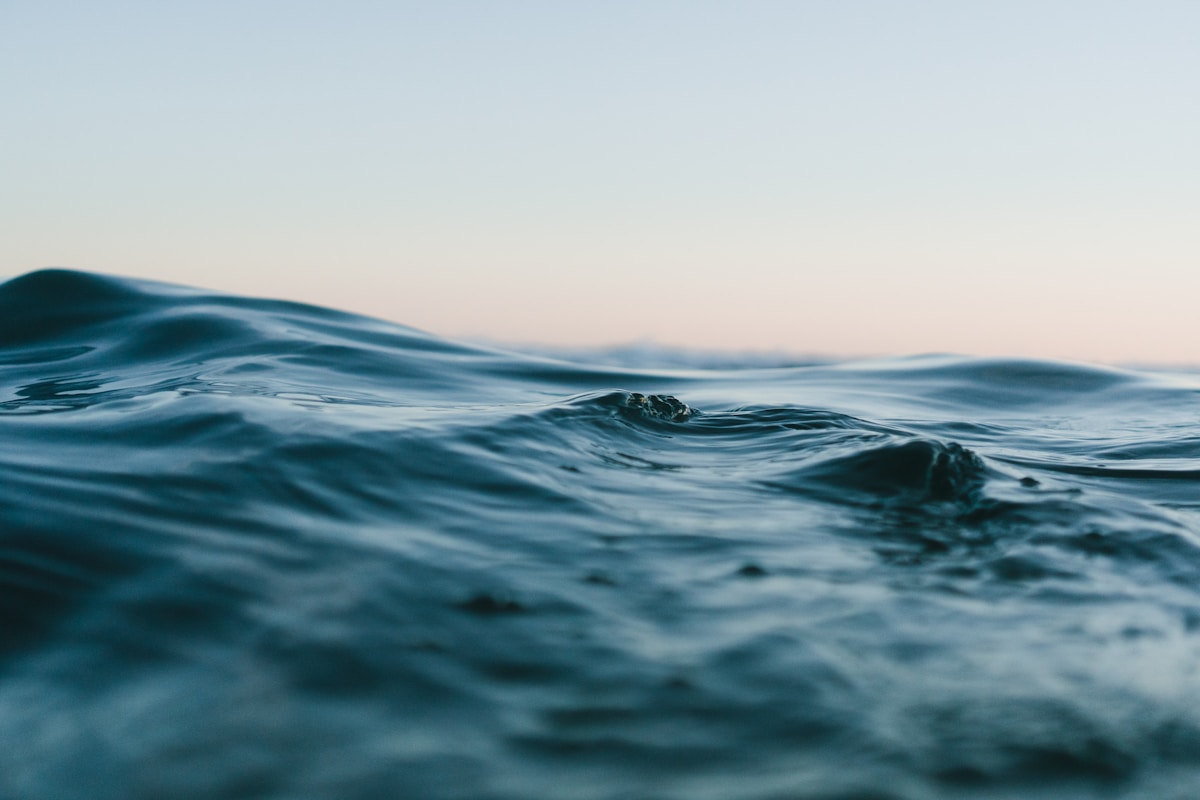Japan Confirms It Will Start Dumping Contaminated Water From Fukushima Into The Ocean

Water from Fukushima has been stored in more than a thousand tanks, collectively containing well over a million tons of water. The contents of those that have been partially decontaminated are now to be released into the Pacific Ocean. Image Credit: Greg Webb/IAEA CC-By-SA 2.0
The Japanese Government has announced it will start releasing contaminated water from the Fukushima Daiichi nuclear power stations into the Pacific in around two years time. The decision has already inspired protests outside Prime Minister Yoshihide Suga's residence, but been endorsed by the International Atomic Energy Agency and at least some independent experts.The government's decision does not come out of nowhere. The containment ponds have been filling up since the 2011 disaster, and are anticipated to become full in 2022 if action is not taken first. Last October, the possibility of releasing some of the water was raised, providing time for alternative suggestions to be considered.Having failed to prepare for an earthquake and tsunami on the scale experienced in 2011, the managers of the Daiichi power plants were left to clean up after a meltdown. They built more than 1,000 tanks to store the water that had penetrated the reactor or has been used to cool the fuel. The tanks contain high levels of radioactive tritium (hydrogen with two neutrons). The water was also initially contaminated with heavier elements, principally cesium-137, which are much more dangerous, but also easier to remove. More than a quarter of the tanks have had the cesium filtered out.
With an extra 150 tons of water needing to be stored each day, already adding to well over 1 million tons, the Tokyo Electric Power Co. (TEPCO) decided it wasn't practical to keep building new tanks forever. That left evaporating it (leaving more concentrated waste), deep underground injection or release into the Pacific.Although the water in the unfiltered tanks is deadly, tritium-only water represents more of a problem of perception. Professor Nigel Marks of Curtin University, Australia explained: “The optics are terrible, but the Japanese government is actually doing the right thing in releasing treated wastewater from the Fukushima plant into the ocean.”Despite panic in some quarters about Fukushima contaminating the entire Pacific Ocean, even if the water was released untreated its contribution to ocean-wide radioactivity would be undetectable. The more relevant concern is the effect on local residents and sea life around the point of discharge.An inquiry estimated release in a single year would expose local residents to 0.8 microsieverts of radiation, actually a third less than the evaporation idea. That is considerably less than the average daily dose of radiation a Japanese resident receives from the soil, cosmic rays, and other natural sources. Even potassium-rich foods such as bananas contain more radiation if eaten on a weekly, let alone daily, basis.
However, the local seafood industry fears that, whatever the real risk, perceptions will harm their ability to sell their catch.“The stricken power plants still need to be cooled, generating an ever-increasing amount of water containing radioactive hydrogen, also known as tritium,” Professor Marks continued. “Temporary storage tanks are bursting at the seams, and the radioactive water has to go somewhere. By diluting the tritium/water mixture with regular seawater, the level of radioactivity can be reduced to safe levels comparable to those associated with radiation from granite rocks, bore water, medical imaging, airline travel, and certain types of food."There are, however, concerns that the process of removing more dangerous radioactive elements from the tanks might have left some behind. Further treatment could reduce these contaminants to safe levels, but TEPCO and the Japanese Government have not indicated this is planned.
